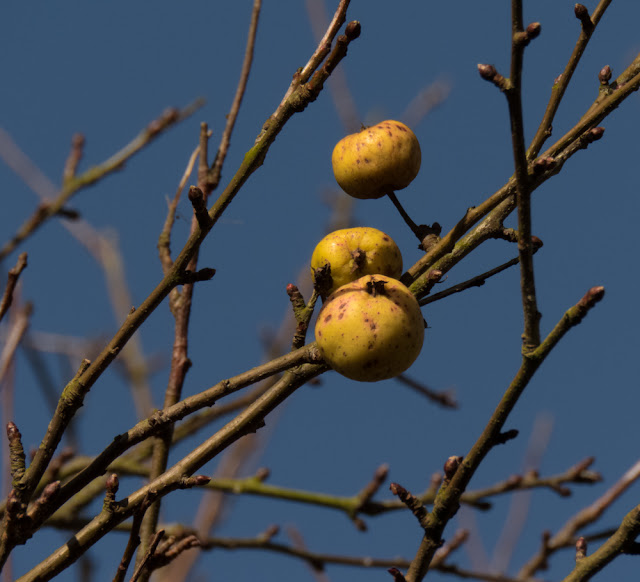During WWII, Walney Airfield was a designated Air Gunnery School and over five thousand airmen were trained there. It remained in use after the end of the war, as air-gunners were retained for post-war Bomber Command.
The numbers 1-7, engraved with lines from the traditional nursery rhyme associated with Magpies, have been affixed above the remains of the building which once housed machinery used to raise and lower targets.
Adjacent to the number one is a plaque bearing a touching message.
Around the other side of the wall a different style of artwork is on display.
A little further along the path, the entrance to the nature reserve has a new gate on which, from a distance, it looks as if a flock of birds has alighted. Closer inspection reveals it to be more work from Art Gene. Cast iron birds painted in army camouflage continue the military theme and a second plaque completes the tribute.I really liked the sentiment behind this art installation. I do wish the numbers were clearly visible from the path though, rather than having to scramble up on top of the banking to get a proper look at them. Maybe that's the point; perhaps they're meant to be hidden, as the gunners were. I'm not overly keen on the birds either, but I guess that's the nature of "art"; everyone has different taste.
More information about the history of Walney Airfield here and also here.
More information about Art Gene here.
Thanks for visiting my blog. I hope you've enjoyed the photos.





































.jpg)

